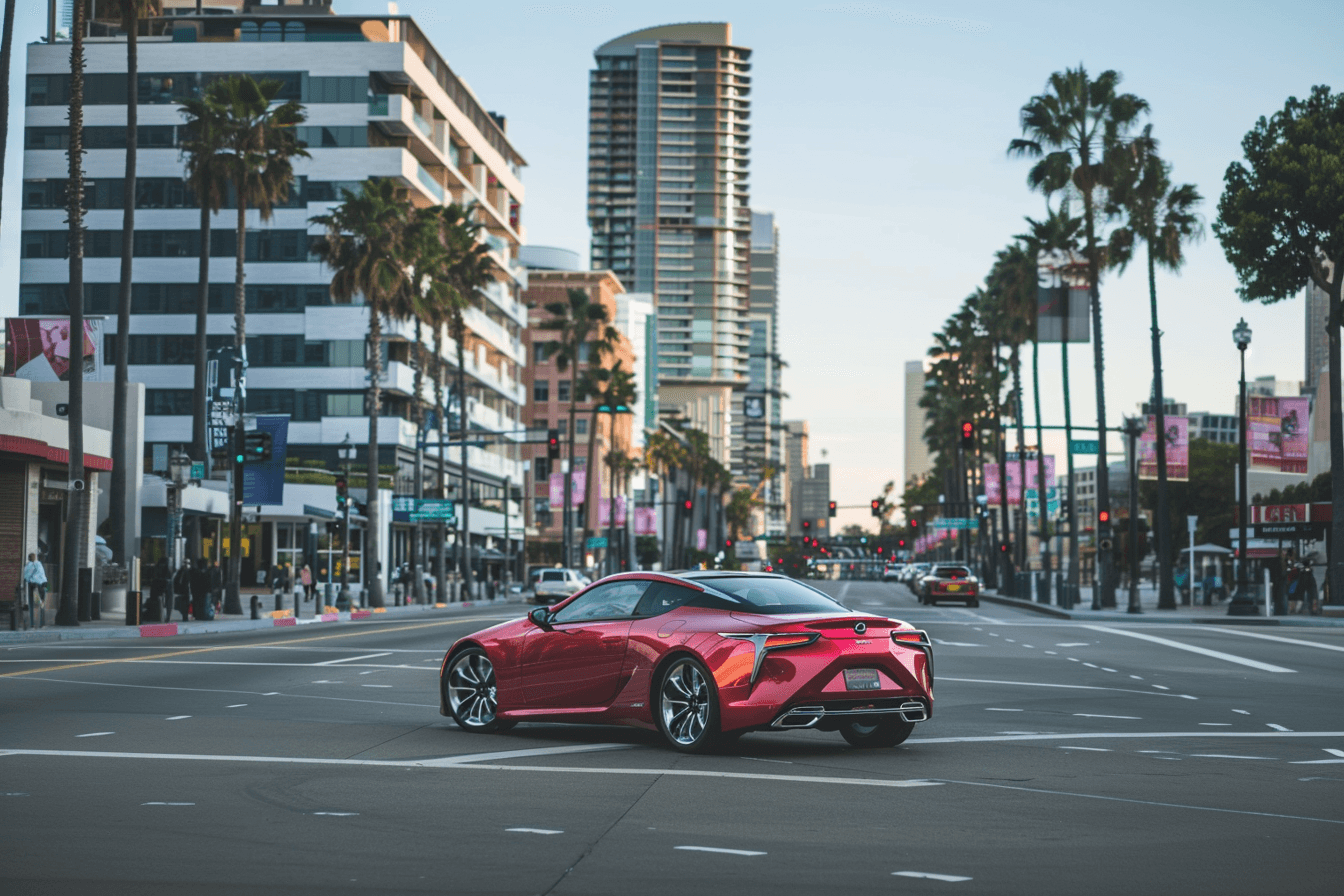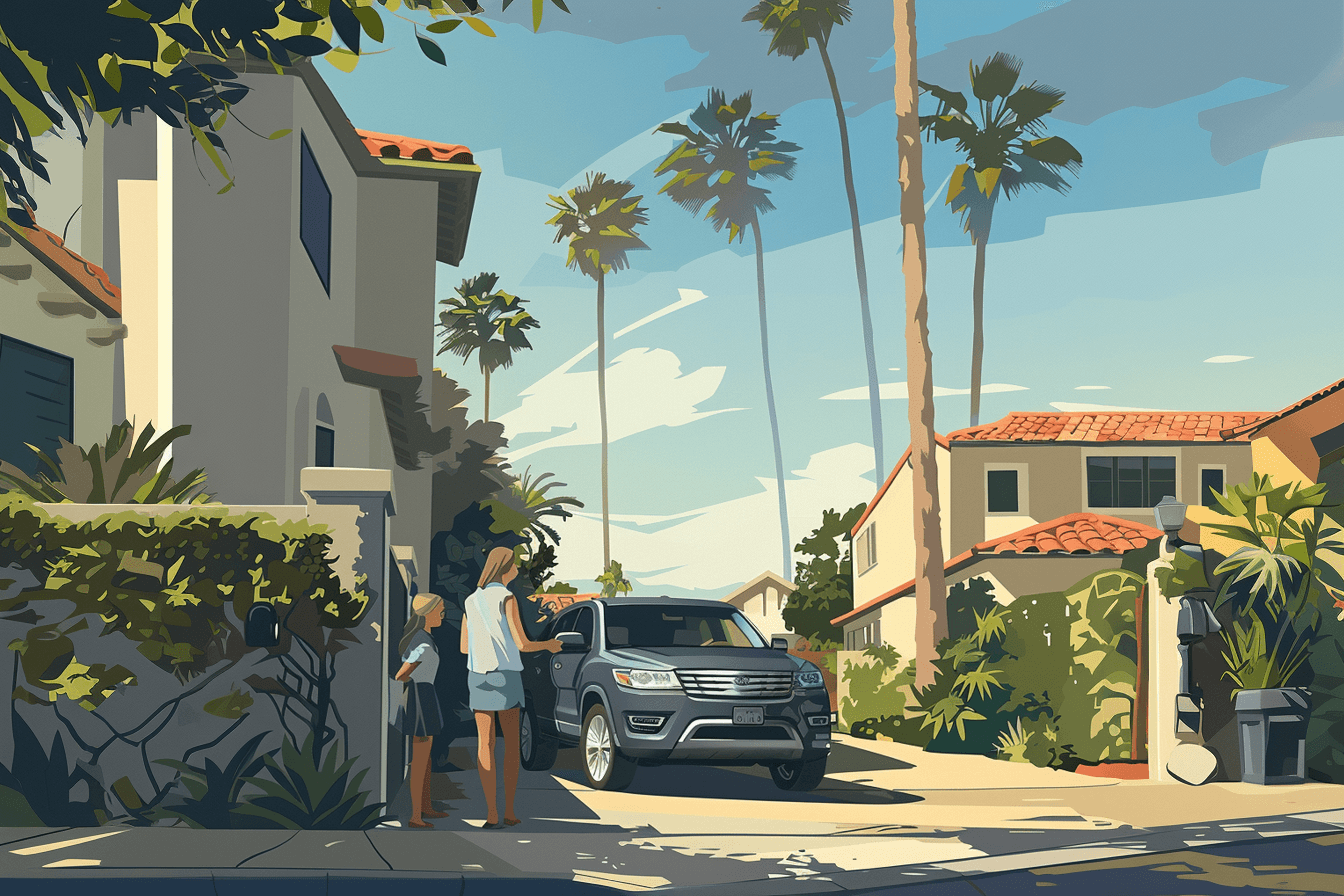Headlight Yellowing: Causes, Safety Risks, and DIY Solutions
Written By
CarOracle Experts
Published
May 29, 2023
Learn about the causes of headlight yellowing in cars, a safety risk due to reduced visibility. Discover DIY solutions to restore clarity and safety.
At a Glance
Yellowing headlights can impair your vehicle's illumination capacity
The main cause is prolonged exposure to UV rays and other environmental factors
There are DIY restoration kits available on Amazon.com that can help reverse the yellowing process
Headlight lenses are typically made of polycarbonate plastic, which is durable and resistant to impact. However, this wasn't always the case; years ago, headlights were made out of glass and were less prone to yellowing. The plastic's exposure to ultraviolet (UV) light, combined with wear from the elements and pollutants, can degrade the protective layer and cause the lens to become yellowed or cloudy.
Why is Headlight Yellowing a Safety Issue?
The clouding or yellowing of headlights can significantly reduce the amount of light emitted, compromising visibility during night driving or in poor weather conditions. The impact of this reduced headlight reach is akin to having a cataract on your eye, as it effectively limits your visibility of the road. Diminished visibility can increase the risk of accidents, making it a significant safety issue.
DIY Solutions to Headlight Yellowing
Luckily, there are ways to restore your headlights and improve their performance. One of these is to use a DIY headlight restoration kit, which you can find on Amazon.com for approximately $20. These kits usually include a sanding pad, polishing compound, and a sealing coat to restore your headlights to their original state. Here's a brief step-by-step guide:
Cleaning: Begin by cleaning the headlight with a regular automotive soap to remove any loose dirt or debris.
Sanding: Use the included sanding pad to gently remove the yellowed layer from the headlight lens. This is typically done in stages, starting with a coarse grit to remove the yellowed plastic, and then moving to finer grits to smooth the surface.
Polishing: After sanding, apply the polishing compound to give the lens a clear, shiny finish.
Sealing: The final step is to apply the sealing coat, which acts as a UV protector to prevent future yellowing.
It's important to note that results may vary based on the degree of yellowing and the specific kit used. For severely yellowed or damaged headlights, professional restoration or replacement may be necessary.
Conclusion
Headlight yellowing is a common occurrence that can compromise the safety of your vehicle by reducing visibility. However, regular checks and maintenance, along with timely restoration using a DIY kit, can ensure that your headlights remain clear and fully functional, keeping you safer on the road.














